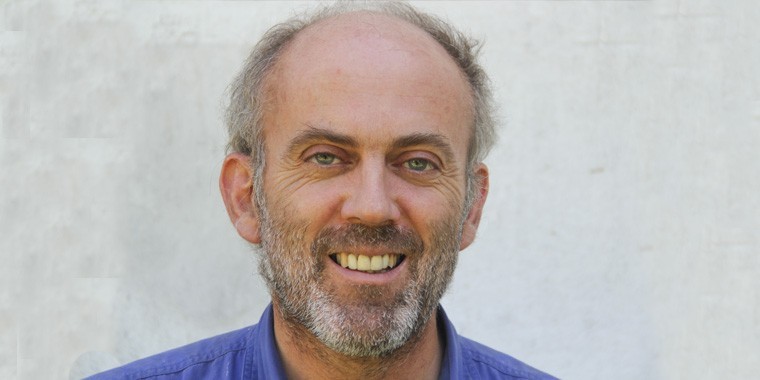The short days of early January involve routine and rather boring jobs like hedge trimming and machinery maintenance work. The long dark evenings I spend in front of an open log fire. This leaves plenty of time for contemplation. So what does 2016 hold in store for me?
My most immediate and pressing concern remains the payment of the basic payment scheme (BPS). I’ve already received a letter from the Rural Payments Agency (RPA) informing me that it will definitely not arrive before the end of this month. I’ve no idea what the reason for the holdup is although I’m guessing it’s because I had a couple of RPA on farm inspections: one for sheep and goat movement records, and one for arable area measurements. It seems that anyone who had an inspection, even where no fault was discovered, has been put to the back of the BPS queue. At the end of this month they are going to write to me again with an update about how things are going.
With the date of delivery of the BPS open to question, my next concern will be how much I will have to borrow from the bank by the time the subsidy money does arrive. I might have to wait until June for my money so by then I will have paid for all the inputs for my spring sowing and most of the inputs on my autumn sown crops. Fortunately, the bank has already offered me a no fees increase in my overdraft facility. But I can’t say I’m looking forward to viewing my account online over the coming months each time I log on to pay my latest bills.
No wonder there is said to be a huge increase in hidden farmer indebtedness where farmers are negotiating longer and longer payment terms with their agricultural merchants and agricultural engineers for supplies. Such debts are invisible to the Bank of England who recorded an 8.4% increase in UK farm borrowing in 2015 to a new official record total of £17.1 billion (up from £11.6 billion in 2009). But who knows what the real total UK farm borrowing figure now is or where it is headed in 2016?
And it’s not like selling the grain that I have in store will have much impact on the level of my indebtedness. Recent low farm gate milk prices draw all the press headlines but it is the collapse in arable commodity prices that has surely been the most spectacular. In a little over two years we’ve now seen wheat fall from a peak of £220 to barely £100 per tonne with most other arable commodity prices declining just as steeply.
So much gloom and doom to think about as I strip down the plough for a long overdue service, check the moisture content of my crops in store or set the log fire for the evening. Little wonder then that, as I chatted about the state of arable farming to a land agent recently he remarked: “Stephen, I think you farmers have far too much time to think about things.”




